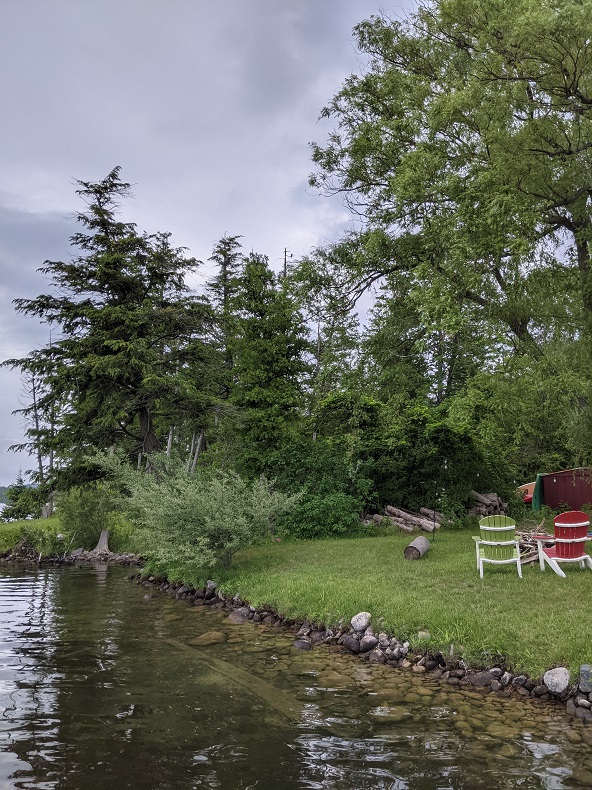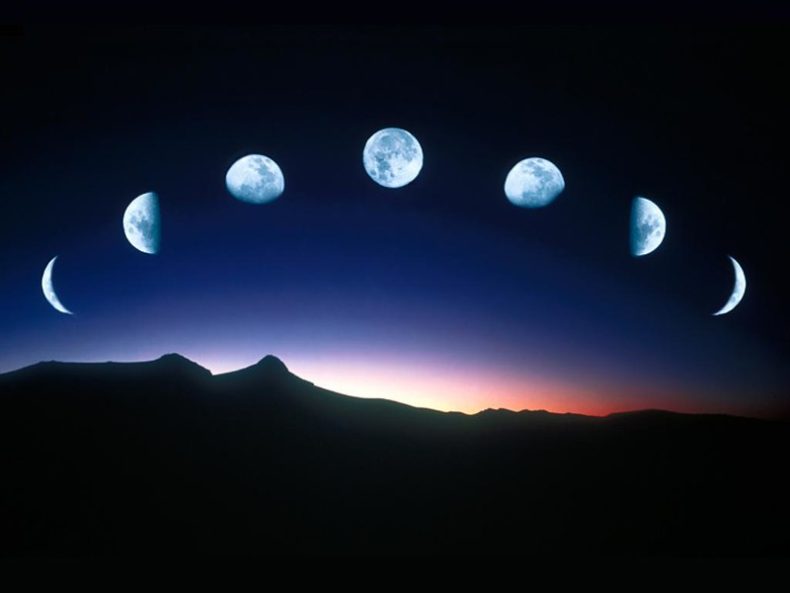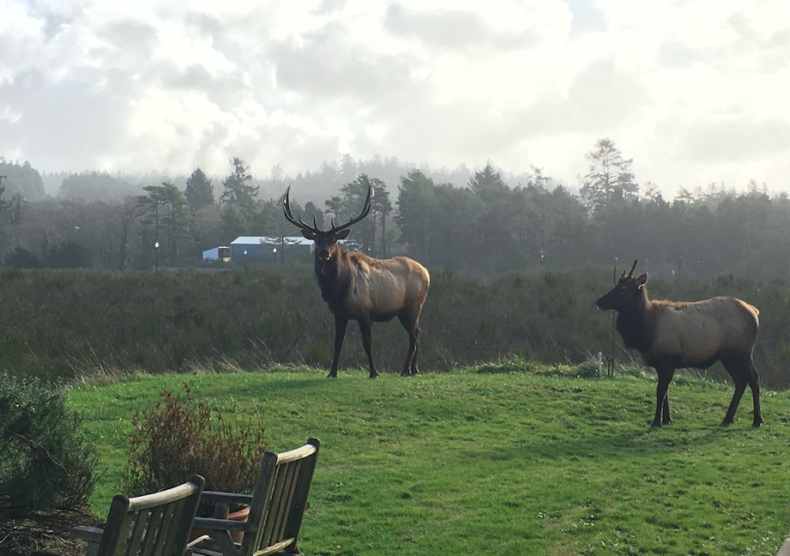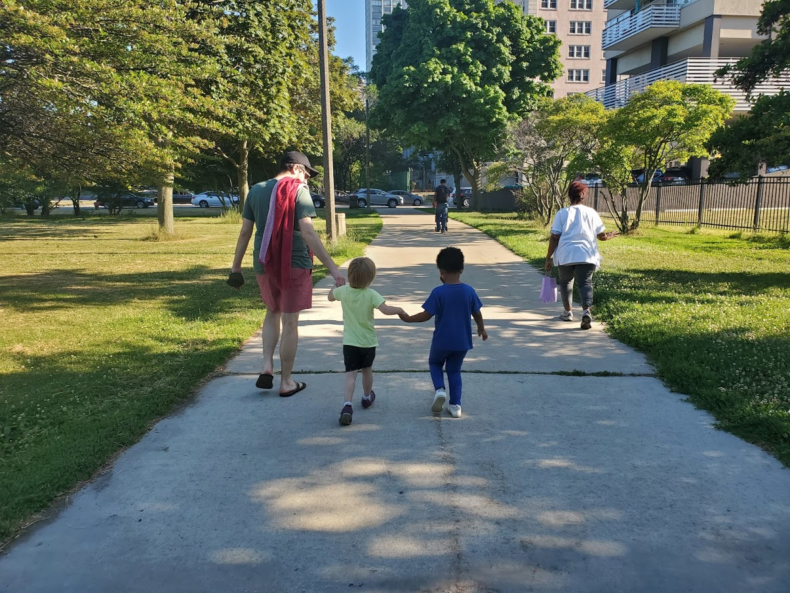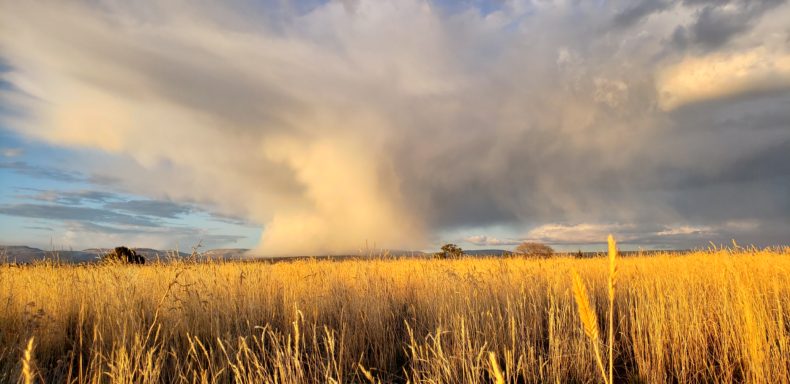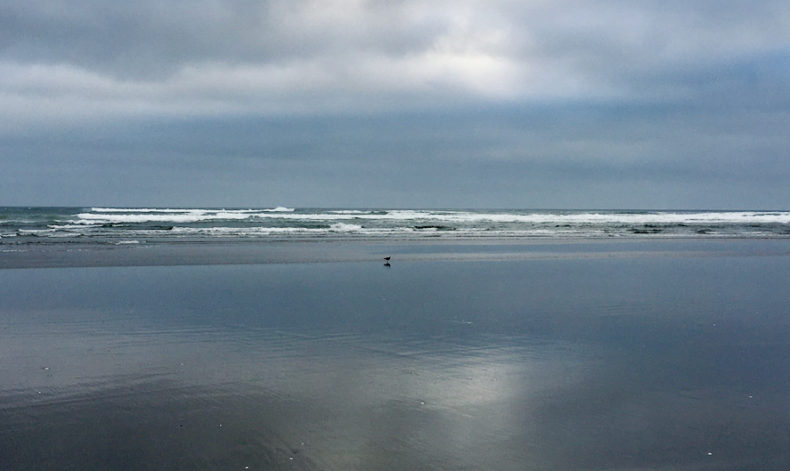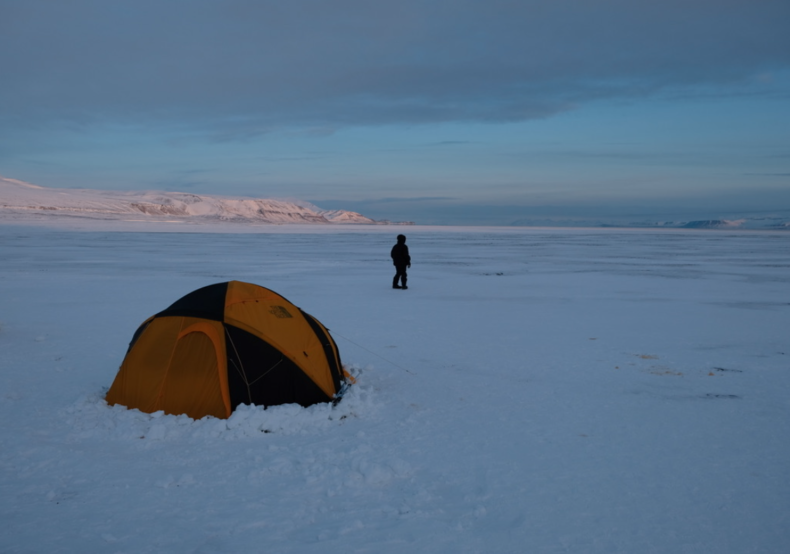
I was already half awake when I heard Audrey’s voice at the door of the tent. “Hi ladies,” she said quietly, trying not to wake the others sleeping nearby. “It’s your turn.” My tentmate Jess stirred; it seemed like she had managed to actually get some rest, but I just couldn’t stay asleep with a balaclava over my face. We wordlessly pulled on the thick down pants, jacket, and boots we’d been issued a couple days earlier by our trip organizers, and stumbled out of the relative warmth of our tent.
Outside, the sun continued its endless loop around the sky, painting the mountains blush and bruise purple. It was early April in Svalbard, an archipelago about halfway between Norway and the North Pole, and we’d just crossed the line into nightless days. Audrey, a physiologist, had come to study an expedition of women skiing to the North Pole; Jess was a physician helping her collect data, and I was writing about it for WIRED. While the expeditioners made their way north, Audrey suggested we go on our own (albeit much less rugged) adventure. She booked a trip through a French tour company, who handled all the logistics for five days of snowshoeing and dog sledding. This was only day 2 of the trip, but about a third of the group had already bailed back to hotels in Longyearbyen. They were wealthy French women who were visibly panicked when the snowcat that brought us to the wilderness began to pull away, and complained loudly about the tents’ lack of heat, lights, and running water. They forced our guide to call them another snowcat, which cost them at least a thousand dollars. Initially, I’d scoffed at their pricey decision: why book a trip to the Arctic if you weren’t prepared to be cold?
Continue reading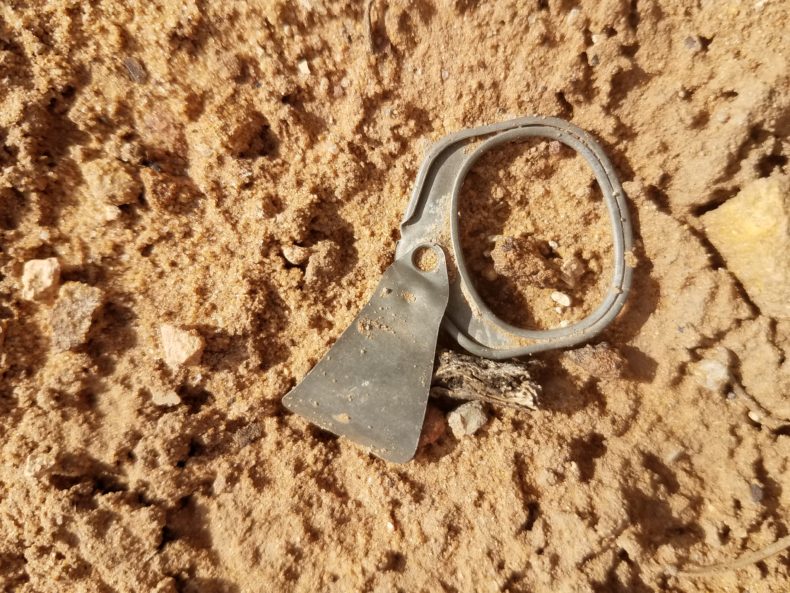 The other day I was going through someone’s collapsed house on the tip of a mesa in western Colorado. It looked like a small homestead where no one had been in a handful of decades. The front wall with its peaked roof and door still latched shut lay flat where it had fallen. I poked through nails and peeled off wallpaper, lifted a toppled wood-frame with the tip of my boot. Handle of a ceramic mug. Pull tab from a can. Shirt button.
The other day I was going through someone’s collapsed house on the tip of a mesa in western Colorado. It looked like a small homestead where no one had been in a handful of decades. The front wall with its peaked roof and door still latched shut lay flat where it had fallen. I poked through nails and peeled off wallpaper, lifted a toppled wood-frame with the tip of my boot. Handle of a ceramic mug. Pull tab from a can. Shirt button.